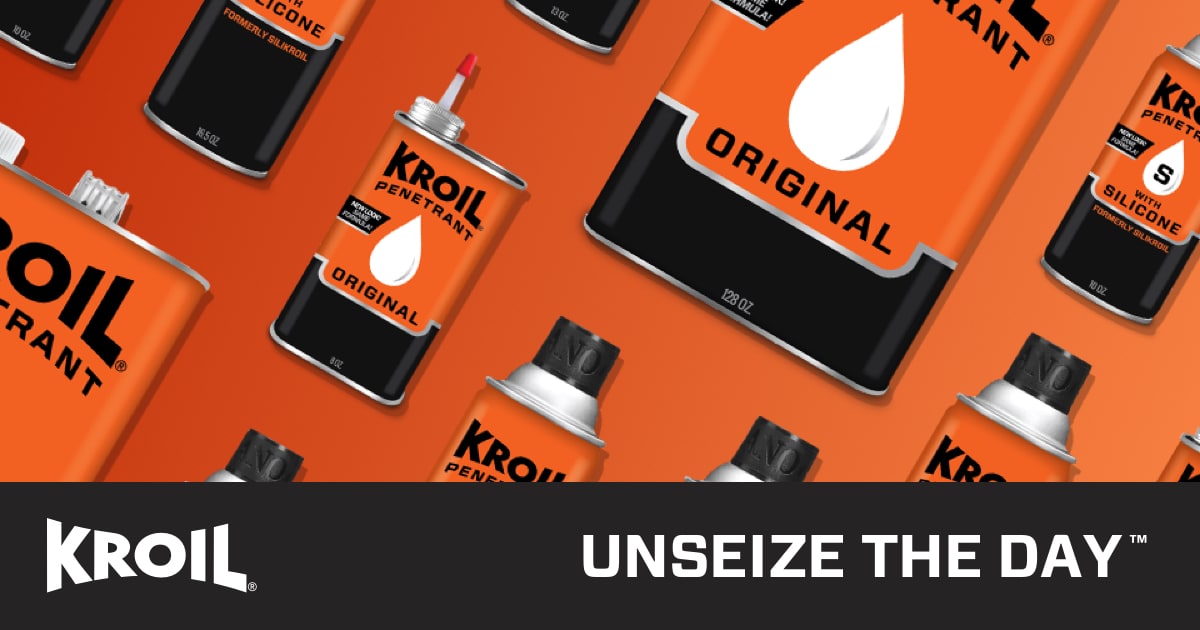Jon2021
New Member
I have a w205 2015 c250d bluetec that I bought flood damaged. It has a very strange problem when starting from completely cold the car starts first time with no problem or issues starting and runs for the first few minutes just fine but then as its coming up to around 40-50 degrees it starts misfiring and blowing white smoke and a very strong diesel smell from the exhaust. The strange thing is that when the car is fully up to temperature this all completely goes away and theres no smoke or misfire and drives fine. It only happens as the car is starting to climb up in temperature from cold. The first few minutes of starting from cold it doesnt have this issue. Also have a nox sensor fault however im certain it wouldn’t cause the car to misfire or smoke. I have replaced the injector for cylinder number 2 as it has a fault stored in the ecu P026685 an independent merc specialist told me this is to do with the injector however this did not help in any way and the problem remains. Anyone have an idea what this could be ?

